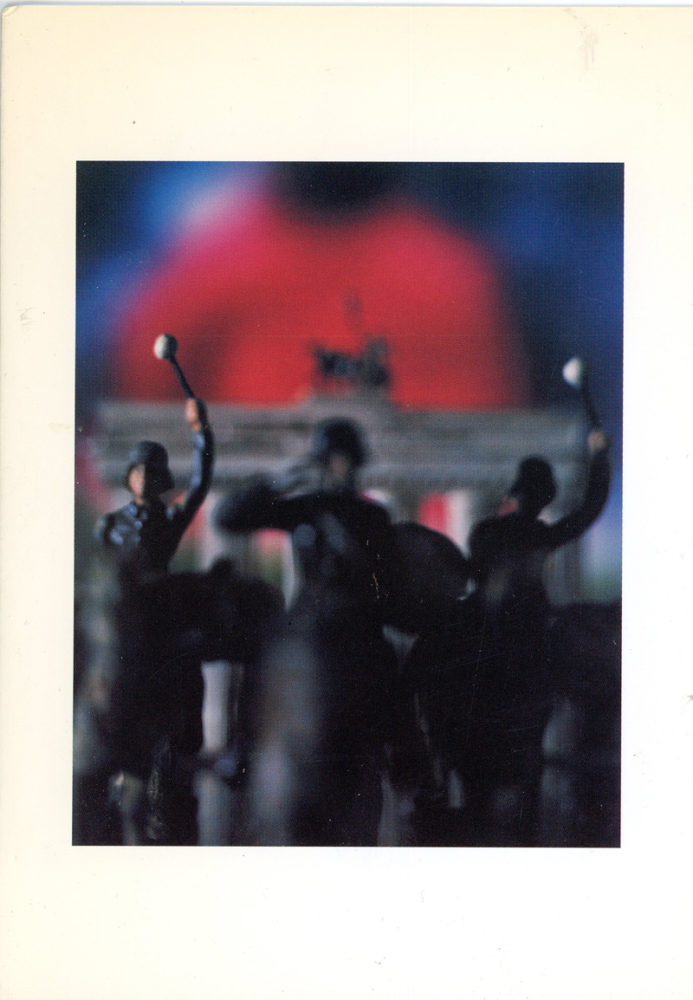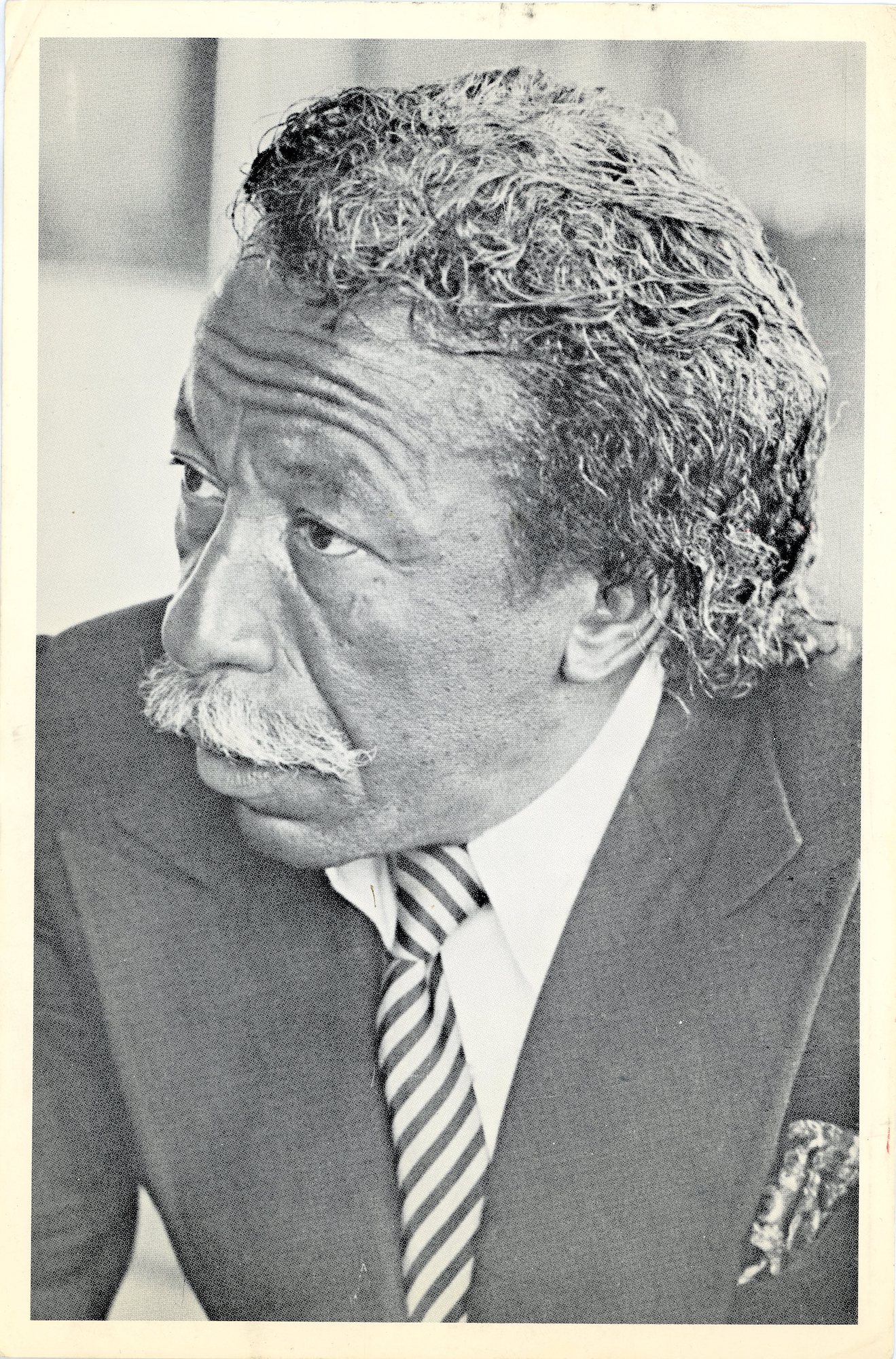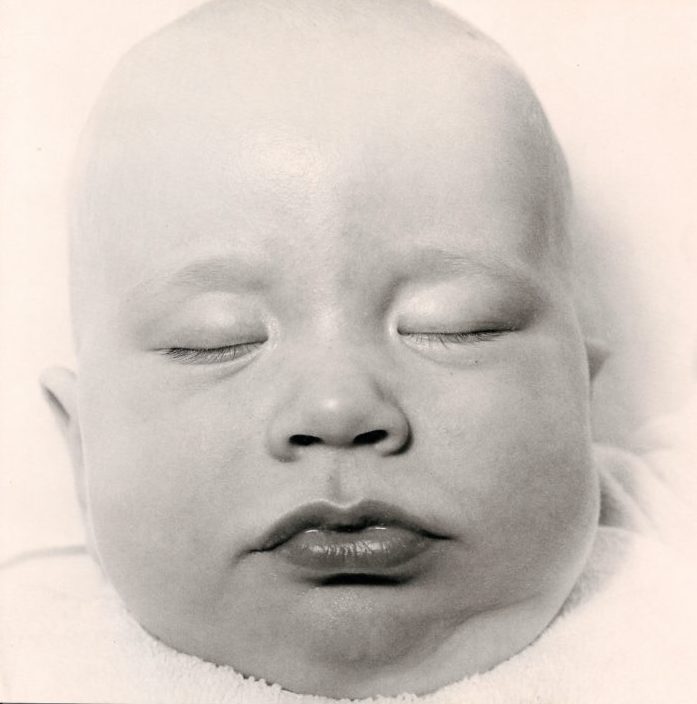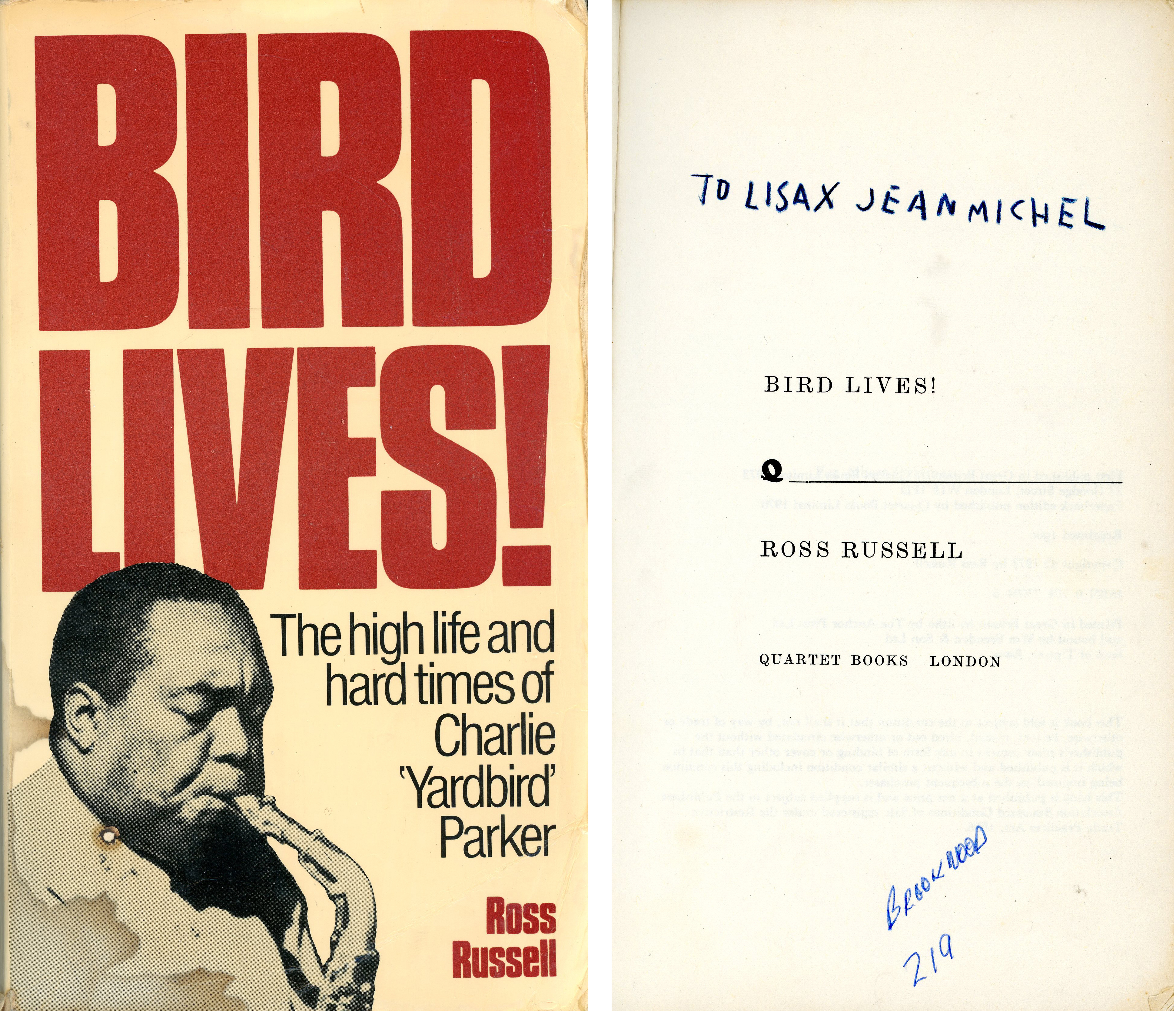Last month Gallery 98 was fortunate to be able to acquire some important examples of art ephemera that reflect how the art world evolved during the transition from the 20th to the 21st Century. The items featured below show greater ethnic and gender diversity, a willingness to mix creative fields, as well as, new constraints on sexual and political content.
Henry Miller

The Amazing and Invariable Beauford DeLaney, 24-Page Book, Henry Miller (Author), Reprinted for DeLaney Exhibition, The Studio Museum in Harlem, 1978
24-page booklet limited to 750 copies, size: 6 x 9 inches
Sold
This short tribute to Beauford Delaney was originally written by Henry Miller in 1945 when the two were part of the same Greenwich Village art community. The Studio Museum in Harlem reprinted the text, an account of artistic perseverance in the face of bohemian squalor, for their Delaney retrospective in 1978. The exhibition helped revive the reputation of a once popular art world figure, who by that time had lapsed into near obscurity. Delaney died the following year an indigent alcoholic hallucinating in a Paris psychiatric hospital.
Gordon Parks


Gordon Parks was a self-taught photographer who achieved success working first for the FSA during the Depression, and later at Life magazine. The multi-talented Parks was also an accomplished author, filmmaker and composer. Born in poverty in rural Kansas, his home state was amongst the first to honor his achievements. This Parks retrospective at the Ulrich Museum of Art was perhaps his first major museum exhibition.
Issey Miyake


Cai Guo Qiang, Issey Miyake, Pleats Please, Fold-out Brochure with Sleeve Jacket and Card, 1998
Fold-out brochure in protective sleeve, sleeve size: 11 x 5.5 inches, unfolded brochure size: 22 x 10.5 inches
$150
The Japanese fashion designer Issey Miyaki was a true innovator whose use of new materials and pleating methods revolutionized the way clothing could be constructed. Miyaki had strong ties to the art world. This brochure for his company Pleats Please promotes a collaboration with Cai Guo Qiang, the artist famed for his gunpowder drawings.
Faith Ringgold


Faith Ringgold, “Sunflowers Quilting Bee at Arles” (1991) From Exhibition Debuting “The French Collection” series, Card with Price List, Press Clipping, Bernice Steinbaum Gallery, 1992
Card, size: 7.75 x 6.5 inches
$200
Faith Ringgold’s French Collection, a series of story quilts about an African American artist immersing herself in European art, was the much talked about climax of Ringgold’s retrospective at the New Museum earlier this year. This card is from the first showing of the series in 1992. It also comes with the gallery pricelist and a clipping of Roberta Smith’s review in the New York Times.
John Currin


This card is for John Currin’s first exhibition with the Gagosian Gallery which, a few years earlier, had aggressively lured him away from the Andrea Rosen Gallery where he first rose to prominence. While many critics praised Currin’s skillful use of old-master techniques to depict charged sexual subject matter, others dismissed his painting as market-driven and bordering on pornography.
Madonna and Steven Klein


Madonna & Steven Klein, X-STaTIC PRo=CeSS, Deitch Projects, Foldout Double-Sided Poster, 2003
Foldout double-sided poster, size: 32.75 x 12 inches (unfolded)
$250
Emerging from the East Village in the 1980s, Madonna always saw herself as part of the broader art world. She identified as a performance artist and in 1992 collaborated with Steven Meisel on a book in which she acted out her sexual fantasies. For this exhibition at Deitch Projects, Madonna worked with fashion photographer Steven Klein on a multi-media environment with sound and video that evoked primitive rituals and feelings of apocalyptic dread.
David Levinthal


David Levinthal, Mein Kampf, Card, Janet Borden Gallery, 1994
Card, size: 4.5 x 6 inches
David Levinthal, an original member of the Pictures Generation group, takes photographs of small toys and miniature props, and recontextualizes them through the use of selective focus and dramatic lighting. Aware of the role that children’s toys play in their enculturation, Levinthal raises questions by using provocative props. His interest in Nazi toy soldiers can be traced back to 1977 when he collaborated with cartoonist Gary Trudeau on Hitler Moves East, a book about the German invasion of Russia.


















